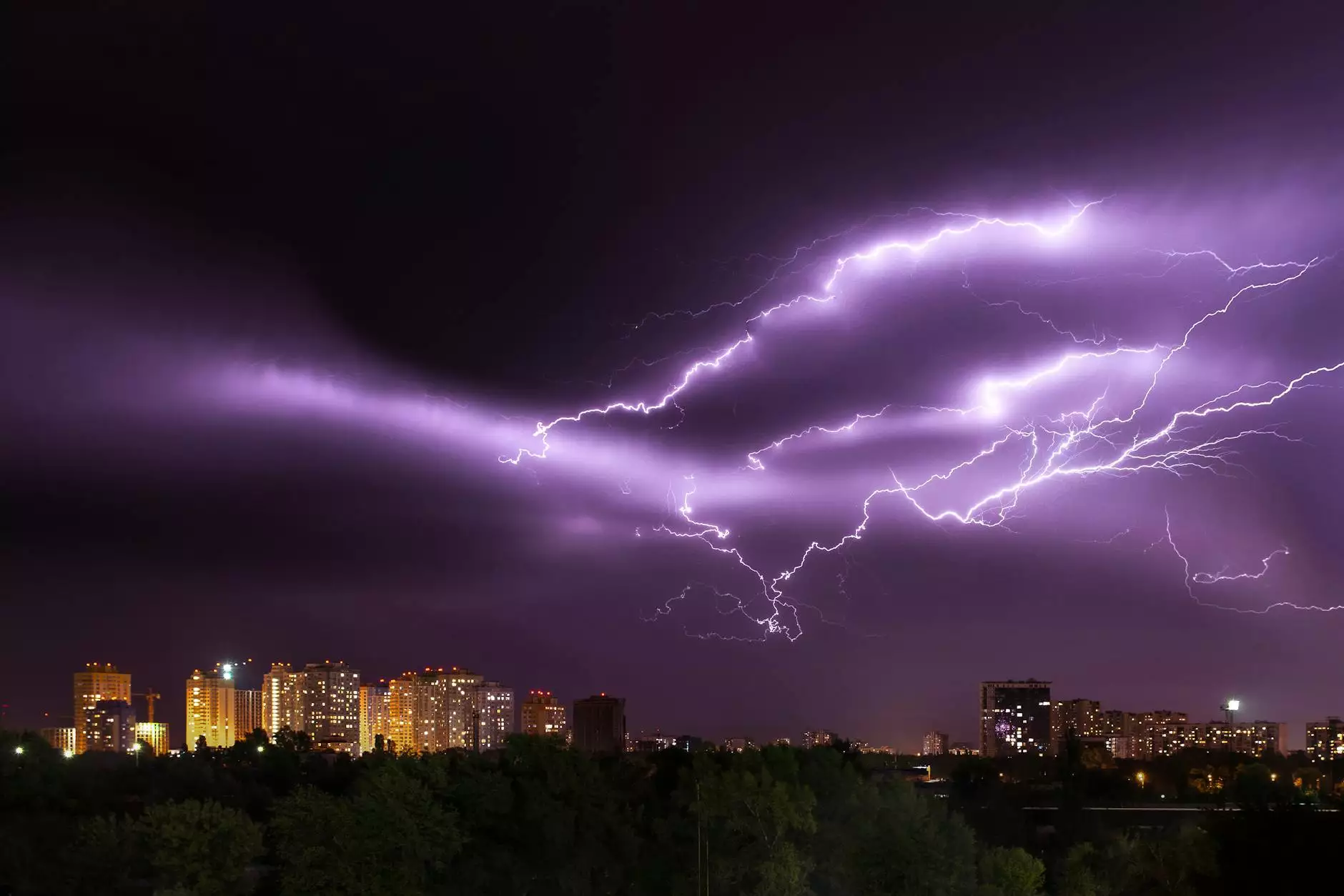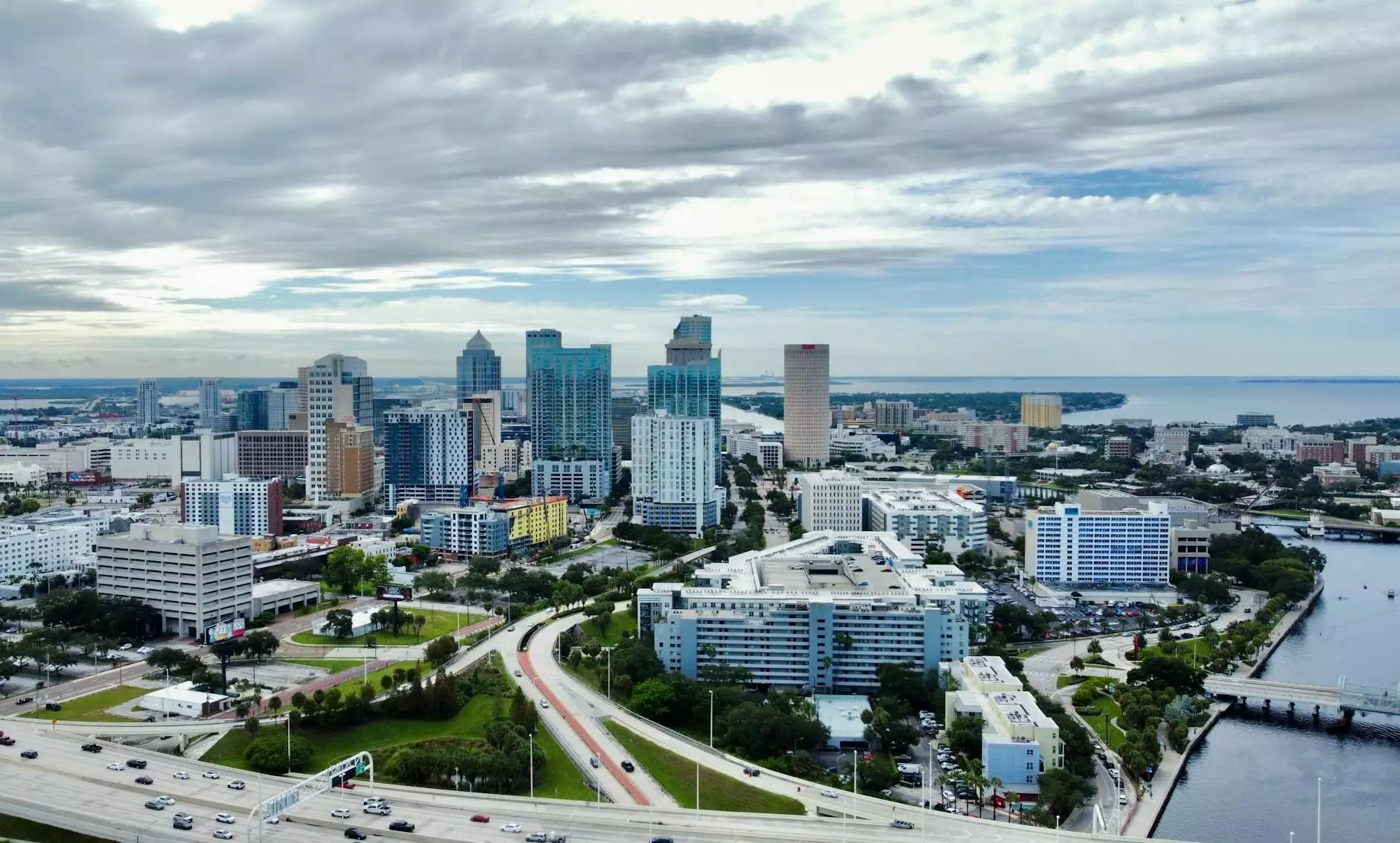Flash Flood – Definition

A flash flood is a sudden and rapid flooding event that occurs within a short period, typically within six hours of heavy rainfall or another intense water-related event. Flash floods are characterized by their high volume and rapid onset, making them extremely dangerous and unpredictable.
Causes of Flash Floods
Flash floods can be triggered by various natural and human-induced factors. Some common causes include:
- Intense Rainfall: Heavy rainfall in a short span of time can overwhelm the capacity of the soil to absorb water, leading to excessive runoff and resulting in a flash flood.
- Topography: Steep slopes, canyons, and urban areas with poor drainage systems can contribute to accelerated water flow and increased flood risk during heavy rainfall.
- Deforestation: Removing trees and vegetation can reduce the natural absorption capacity of an area, leading to increased runoff and higher chances of flash floods.
- Urbanization: Paved surfaces and the construction of buildings and roads can interrupt the natural flow of water, causing it to accumulate and trigger flash floods.
- Dam Failure: Catastrophic failure or breach of dams can release large volumes of water downstream, overwhelming the surrounding areas and causing flash floods.
Effects of Flash Floods
Flash floods can have serious consequences on both the environment and human settlements. Some of the effects include:
- Loss of Life and Injury: Flash floods pose a significant risk to human life due to their sudden nature and swift currents. People caught in flash flood situations may be swept away or trapped, resulting in fatalities and injuries.
- Damage to Property: Flash floods can cause extensive damage to homes, infrastructure, and businesses. The force of the water can lead to structural failures, erosion, and the destruction of personal belongings.
- Disruption of Transportation: Flash floods can wash away roads and bridges, making transportation difficult or impossible. This can hinder emergency response efforts and isolate communities.
- Erosion and Sedimentation: The forceful flow of water during a flash flood can erode riverbanks, hillsides, and other terrain features, leading to increased sedimentation in rivers and streams.
- Environmental Impact: Flash floods can damage ecosystems by uprooting vegetation, altering habitats, and polluting water sources with debris and contaminants.
Safety Precautions
During flash flood events, it is crucial to prioritize personal safety. Here are some safety precautions to consider:
- Stay Informed: Monitor weather forecasts and alerts to stay informed about potential flash flood warnings in your area.
- Avoid Flooded Areas: Do not attempt to drive or walk through flooded areas, as water depth and currents can be deceivingly strong. Turn around, don't drown!
- Move to Higher Ground: If you are in a low-lying area prone to flooding, seek higher ground and evacuate if necessary.
- Have an Emergency Kit: Prepare an emergency kit with essential supplies such as non-perishable food, drinking water, medications, and a battery-powered radio.
- Follow Official Instructions: Stay updated with advice and instructions from local authorities and emergency management agencies.
Conclusion
In summary, flash floods are sudden, dangerous, and highly destructive events caused by intense rainfall, topography, deforestation, urbanization, and dam failures. Their impacts range from loss of life and property damage to transportation disruptions and environmental degradation. By understanding the causes and effects of flash floods, as well as following safety precautions, we can better protect ourselves and our communities from the devastating consequences associated with these events.










